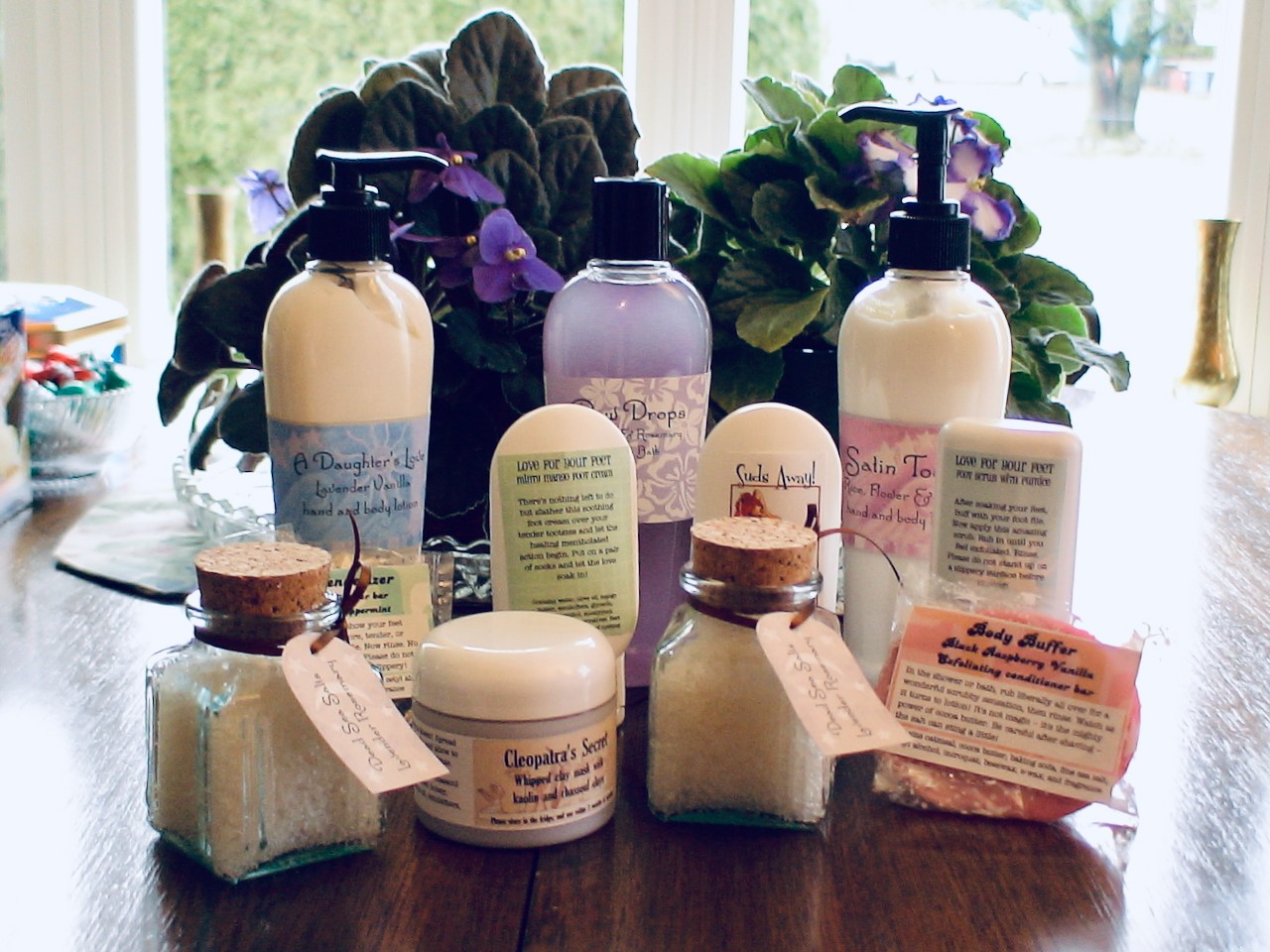Welcome to all the new people on the blog! Thanks for joining us! I thought I’d re-post this article to share a bit about my formulating experiences and some ideas of where you could start yours. Since writing it, I’ve started the Newbie Tuesday beginners’ lotion making series/course and the Formulating Friday more advanced lotion…

